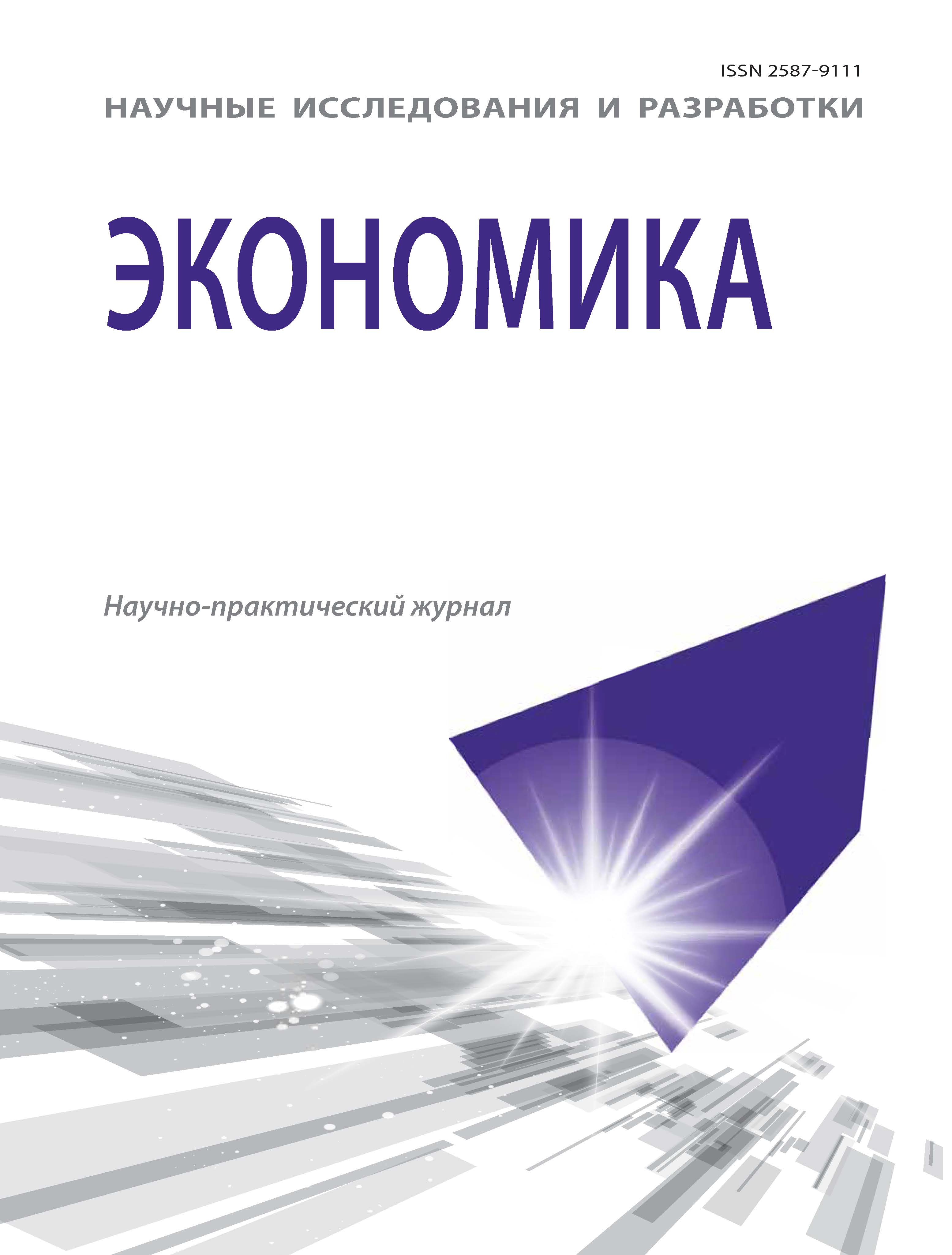Moskva, Moscow, Russian Federation
Moskva, Moscow, Russian Federation
The article considers the drawbacks of modern monetary-currency systems and their nonconformity to the requirements of current and future technological possibilities of the most world’s countries is concluded. It is substantiated that the principle of benchmarking of currency purchasing power unit in modern monetary-currency systems causes such nonconformity. The evolution character of changing one another benchmarking methods of purchasing power is discussed. The classification of money types and monetary system classes according to a joint classification attribute: benchmarking method of purchasing power, is offered. The hypothesis of the existence of the law describing the correlation between the benchmarking method of currency purchasing power and the economic-technological civilization development level is grounded. The conclusion is drawn that a new type of virtual money with a constant purchasing power has to emerge as the result of this law effect at the national level. At the international level, in future the same demand for correspondence will firstly bring about the making up of supranational units of account of regional and political alliances of countries and then the emergence of supranational world’s currency with a constant purchasing power.
measure of value, purchasing power benchmark, regional currency,currency system kinds of money, class and monetary systems.
1. Проблемы современных денежных систем
«Наиболее существенной характеристикой денег является то, что они признаются всеми в качестве средства платежа» [1, с. 473]. Но что позволяет деньгам служить средством платежа? Существует ли закономерность смены одной за другой денежных систем1?
Экономическая теория выделяет всего два типа денежных систем: системы металлического обращения и системы обращения денежных знаков.
И наконец, почему все больше растет вал претензий к современной мировой валютной системе2?
В мире только в XX в. действовали четыре различных мировых валютных системы3. Каждый раз смена валютной системы была вынужденной.
____________
1 «Денежная система — это форма организации денежного обращения в государстве, сложившаяся исторически и закрепленная национальным законодательством». См.: Борисов А.Б. Большой экономический словарь. — М.: Книжный мир. — 2008. — С. 860.
2 Итоги VI Астанинского экономического форума и Всемирной антикризисной конференции [Электронный ресурс]. — URL: http://articles.gazeta.kz/articles (дата обращения: 30.03.2015).
1. Fisher S. Economics. Moscow: Delo, 1999. - 829 p. (in Russian)
2. Asaliev A.M. Supranational Currency and Purchasing Power Benchmark. Enduring Development Economy. Regional Science Journal. 2012, I. 11, pp. 26-40. (in Russian)
3. Bogomolov O.T. World Economy in the Globalization Era. Collective Currencie. Moscow, Economics Publ., 2007. 306 p. (in Russian)
4. Triffin R. Gold and the Dollar Crisis: Yesterday and Tomorrow. Princeton University Press. 1978. 281 р.
5. Modern Money Theory: A Primer on Macroeconomics for Sovereign Monetary Systems. L. Randall Wray (Author). Paperback: 312 p., Publisher: Palgrave Macmillan, 2012, ISBN-10: 0230368891, ISBN-13: 978-0230368897
6. Modern Theories Of Money: The Nature And Role Of Money In Capitalist Economies Louis-Philippe Rochon (Editor), Sergio Rossi (Editor). Paperback. 648 p., Publisher: Edward Elgar Pub. 2004.
7. Mundell R. Theory: Interest, Inflation and Growth in the World Economy. 1971. 389 p.
8. MacConell K.R. Economics: Principles, Problems and Politics. Мoscow, INFRA-М Publ., 2005. XXXVI. 972 p. (in Russian)
9. Samuelson P. Economics. Moscow: Williams, 2008. 702 p. (in Russian)
10. Khasbulatov R.I. International Finance. Moscow: Publishing House Urait, 2014. 568 p. (in Russian)
11. Yusim V.N. The Original Reason for World Crises. Issues of Economy. 2011, I. 1, pp. 124-132.
12. International Currency-Credit Relations. Мoscow, Urait Publishing House, 2014. 543 p. (in Russian)
13. Maiburd E.M. Introduction to the History of Economic Thought. From the Prophets to Professors. Moscow, Delo Publ., 2000. 560 p. (in Russian)
14. Irishev B. The euro crisis and global risks. Moscow, Around the world, 2014. 461 p. (in Russian)
15. Seligman B. Main Streams of Contemporary Economic Thought. Мoscow, Progress Publ., 1968, p. 385. (in Russian)
16. Patinkin D. Money, interest and prices. Compound theory of money and the theory of value. Moscow, Economy Publ., 2014. 376 p. (in Russian)
17. Asaliev A.M. Regional currency unions and supranational currency. Region Economy. Urals Branch of Academy of Sciences. Ekaterinburg, SCOPUS Publ., 2014, I. 1, pp. 202-210 Engl. (in Russian)
18. Globalistics. Encyclopedia. Entry «World Money». Мoscow, Dialogue Publ., 2003. (in Russian)
19. Eidelnant А.B. Bourgeois Theories of Money, Credit and Finance Moscow, Gosfinizdat Publ., 1958. 200 p.
20. Samuelson P. Theoretical Notes on Trade Problems). Review of Economics and Statistics. 1964, I. 46. (in Russian)
21. Blaug М. 100 Great Economists before Keynes. Moscow, Economicus Publ., 2008, pp. 119, 352.






